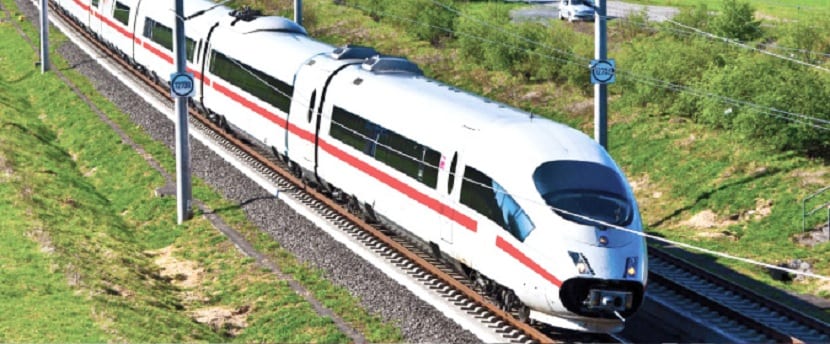
This new computational model It is being developed by the Polytechnic University of Valencia. This model contributes to reducing the energy consumption of railway networks by generating energy savings between 15% and 20%.
In order to develop the computational model, Ricardo Insa, Doctor of Civil Engineering, leads a team of researchers from the Institute of Transport and Territory (UPV). In the interval of two months they have been making measurements of the energy consumption of the trains. To do this, they have equipped the trains with different types of recording devices.
In order to measure energy expenditure and efficiency in the use of benefits, three measuring equipment were placed. One of them, connected to the pantograph, measures how much total energy the train received and absorbed. The second meter kept records on the energy consumption of auxiliary service devices such as air conditioning, heating, light, doors, video cameras, etc. The third measured the energy consumption of the train resistors.
With those three meters, it was possible to know the total energy consumption of the train from one point to another. In order to reduce the energy consumption of trains on their daily journeys, Ignatius Villalba, a UPV researcher, studied the train's speed curves. This allows knowing the optimal speed that the train should take from one route to another in each curve to reduce energy consumption.
To achieve this reduction, trains must be reprogrammed to reduce gears and speed profiles, since, at least the subways, run in automatic mode. However, for manual driving, such as surface driving, drivers must be given guidelines to adhere to the optimal speeds for each section, and thus reduce the energy consumed on the journeys. These guidelines include speed profiles, braking and accelerating patterns, etc.
"It is about that the new speed profiles obtained in the model are applied during normal operation, allowing to analyze if the theoretical savings obtained in the model are produced in practice" Villalba added.